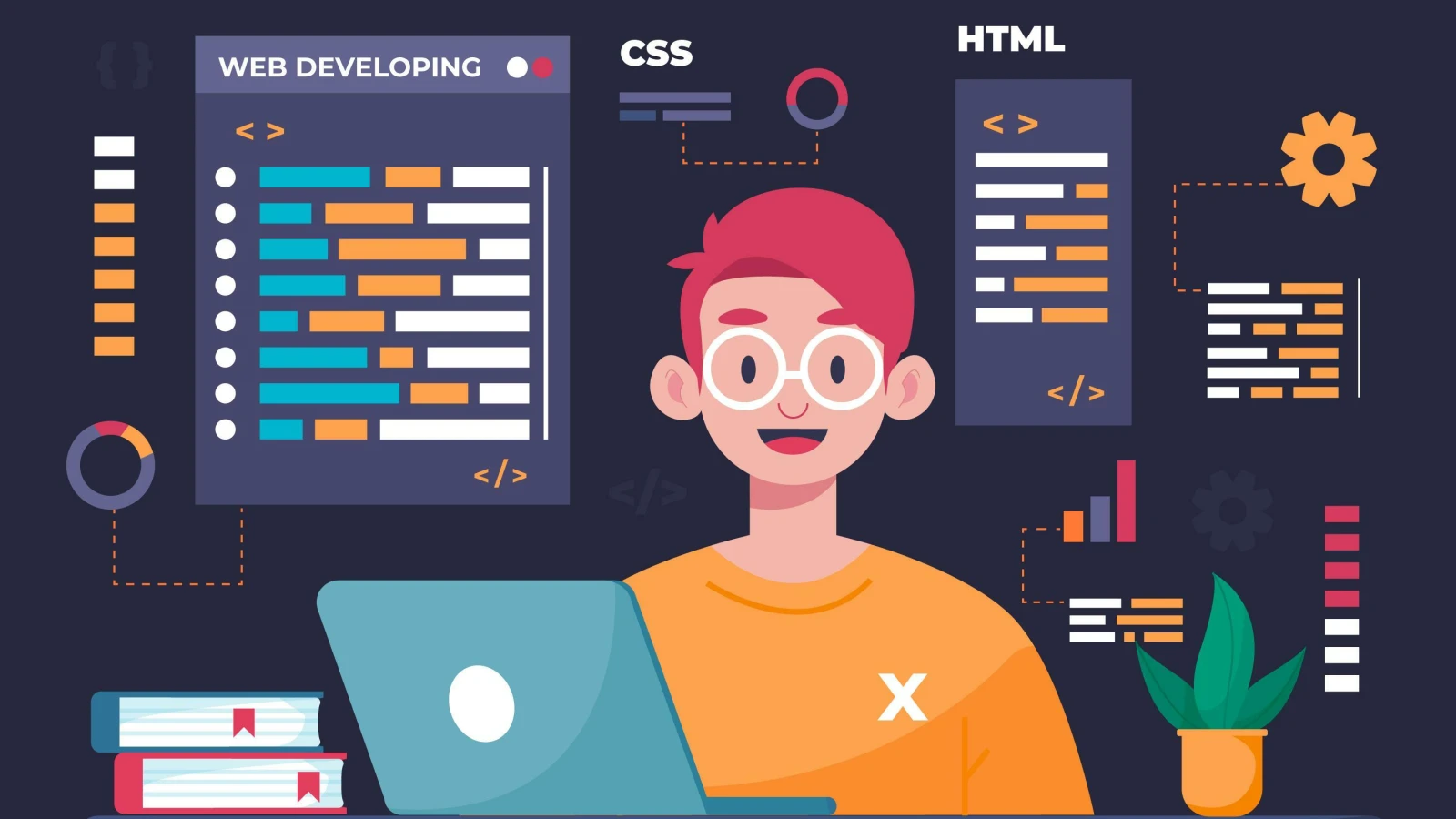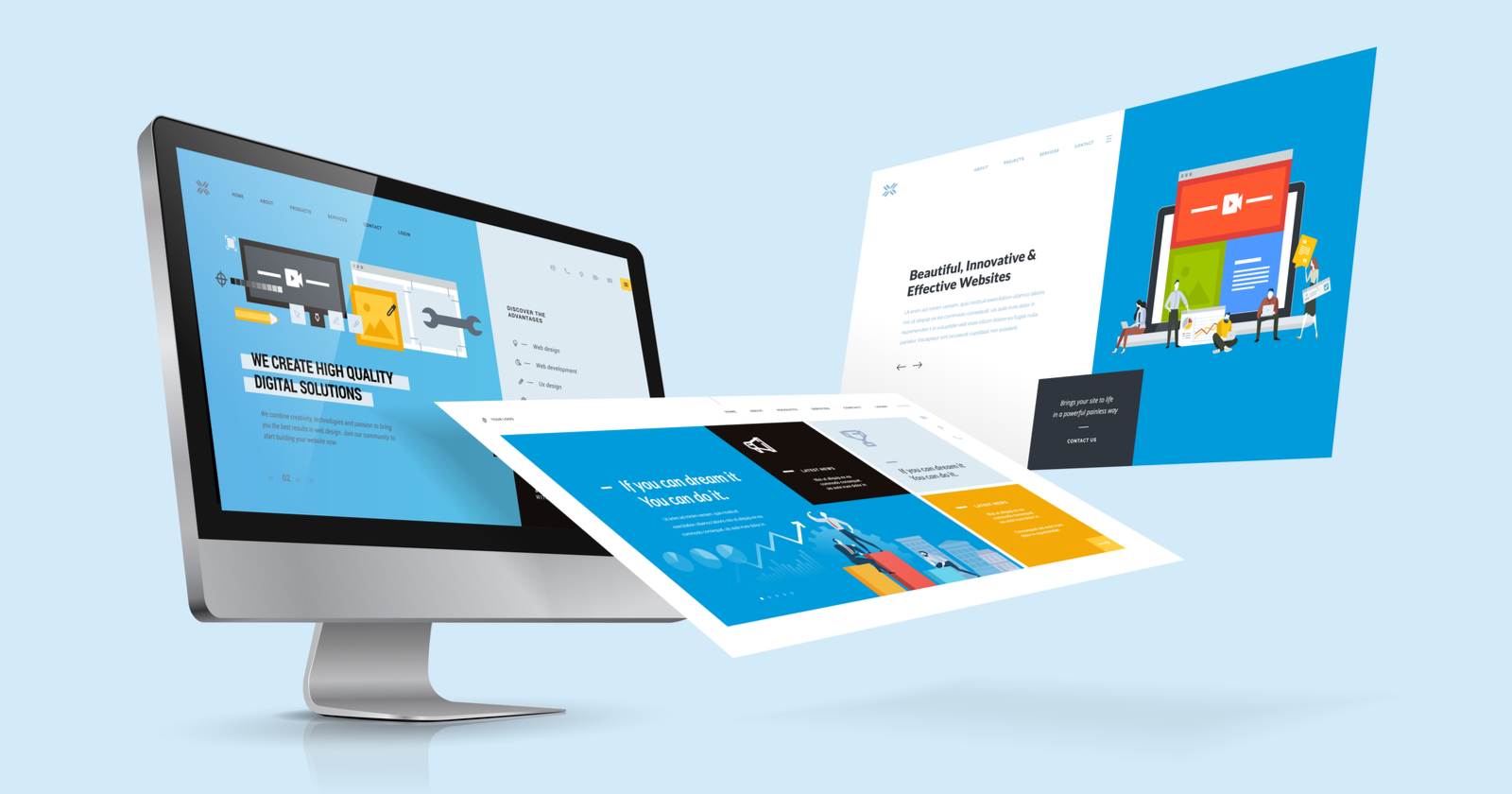Typography is an essential element of web design that often goes overlooked, but its significance cannot be overstated. It plays a crucial role in shaping the user experience, conveying information effectively, and establishing the overall aesthetics of a website. In this article, we will delve into the role of typography in web design, exploring its impact on readability, user engagement, branding, and overall design aesthetics.
- Readability and User Experience
The primary purpose of any website is to convey information to its users, and typography is the medium through which this information is communicated. Typography directly affects the readability of the content on a website. Properly selected fonts, font sizes, line spacing, and line lengths can significantly enhance the user’s reading experience.
To improve readability, web designers should consider the following factors:
1.1. Font Selection: Choosing appropriate fonts that align with the website’s purpose and target audience is crucial. Serif fonts like Times New Roman can be ideal for formal websites, while sans-serif fonts like Arial are better suited for a modern and clean look.
1.2. Font Size: Font size should be legible on various devices, from desktops to mobile phones. Responsive design ensures that text adjusts to different screen sizes while maintaining readability.
1.3. Line Spacing and Length: Adequate line spacing and the right line length contribute to comfortable reading. Proper alignment and spacing between lines and paragraphs prevent visual clutter.
- User Engagement and Branding
Typography also plays a pivotal role in capturing the user’s attention and conveying the brand’s personality. The fonts and styles chosen should reflect the website’s identity and resonate with the target audience. Here’s how typography influences user engagement and branding:
2.1. Brand Identity: Consistent use of typography helps establish and reinforce a brand’s identity. The fonts selected should align with the brand’s values and message.
2.2. Visual Hierarchy: Typography aids in creating a visual hierarchy on a webpage. Headings, subheadings, and body text can be differentiated using various fonts, sizes, and styles to guide users through the content.
2.3. Call to Action (CTA): Effective typography can make CTAs stand out and encourage users to take specific actions, such as making a purchase or signing up for a newsletter.
- Design Aesthetics
Typography is an integral part of a website’s overall design aesthetics. It can evoke emotions, set the tone, and create a memorable impression. The following aspects of typography contribute to design aesthetics:
3.1. Font Pairing: Combining fonts creatively can add depth and character to a website’s design. Pairing a bold headline font with a more subdued body text font can create visual interest.
3.2. Color and Contrast: The choice of font color and contrast against the background can make text more visually appealing and legible. Proper color selection enhances the overall design.
3.3. White Space: Adequate white space around text elements allows typography to breathe and makes the design more elegant and readable.
Typography is a powerful design element in web design that influences readability, user engagement, branding, and aesthetics. When used effectively, typography enhances the overall user experience, communicates the brand’s identity, and contributes to the visual appeal of a website. Web designers must carefully consider typography choices to create websites that are both functional and visually appealing.





